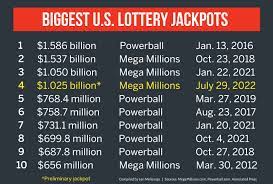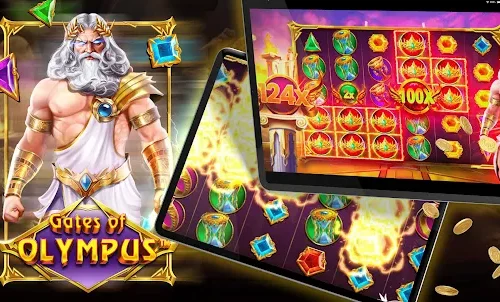probability is the study of the likelihood of an event occurring. Despite the fact that I just said that in a previous post, probability is not as simple as that. When we talk about something that contains probabilities, we are usually talking about a fraction or a number of events. When we talk about the likelihood of something happening, we are usually talking about events that will happen very soon or might not happen at all.
Surely you remember that sentence from your history class, the one where you had to alert on the likelihood of getting the craps table after a series of rolls. That’s a good example of probability because as you roll the dice there is a 1 in 6 chance that you will get a 7 on the first roll, a 2 on the second and so on.
The study of probability and its applications can be found all over the university, the most famous being probably Roulette. For example, in his book entitled ” ignited: the gamblers mistakes”, published in 1999, Peter Griffin discussed the roulette betting strategies based on the progression of numbers and the use of probability. Griffin did not just make these notes down on paper because he had a powerful gambling strategy based on it. He then tried them out on small bets and with money of his own to see if it would work. It didn’t. So he brought the notes to a professor by the name ofison Alley, who was teaching differential equations, probability, and probability theory. Alley was more than happy to take the notes and developed the Roulette strategy based on Griffin’s notes.
What’s the result? A probability theory that can explain the observed high win percentage of the togel online24jam terpercaya 2022 games.
Probability can be described as the likelihood of an event occurring. For example, the probability of a red in the roulette wheel will always be 50%, just like the color red is 50% likely to appear as the next number. The probability of pressing the spin button is always 50%.
If you have ever tried your hand at the Roulette games, you will quickly notice that the house advantage with the wheel is never more than a few millimeters. It might not sound like much, but considering the total amount of spins and the number of possible outcomes, the house edge amounts to no more than 0.18 % which is extremely low. The only way to better your odds is to place a bet on numbers that have a higher probability of appearing.
This is where probability theory can really come into play. As explained before, the house edge is defined as the percentage of the winnings that must be paid back to the player. It is the edge that the casinos have against the players. If, for example, the casinos have a house edge of 5.26%, then the players must be paid back 50 cents for every dollar bet.
The fact that the casinos keep this advantage is actually a source of pride for them. If a player wins, the casino is happy for them. If a player loses, however, the casino will not be so kind. This is because, over millions of spins, they will still make money. How much they make is all determined by the odds and the house edge.
Now that you know how probability works in the casino, imagine how it works in the player’s favor. It’s probability, after all, and why should the player not take advantage of it?

